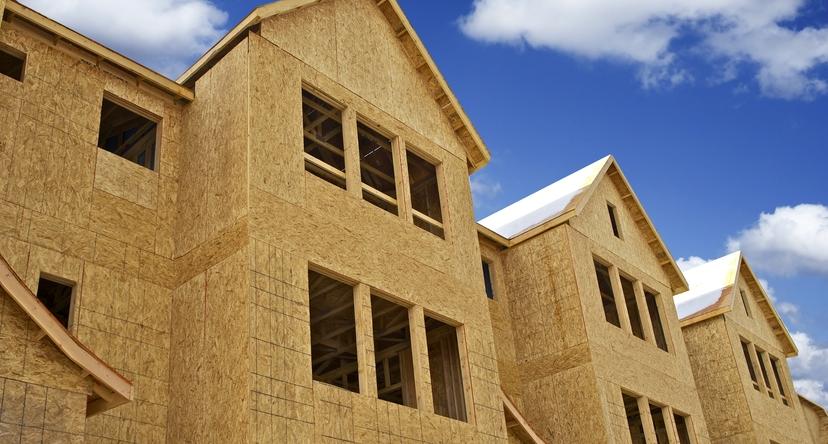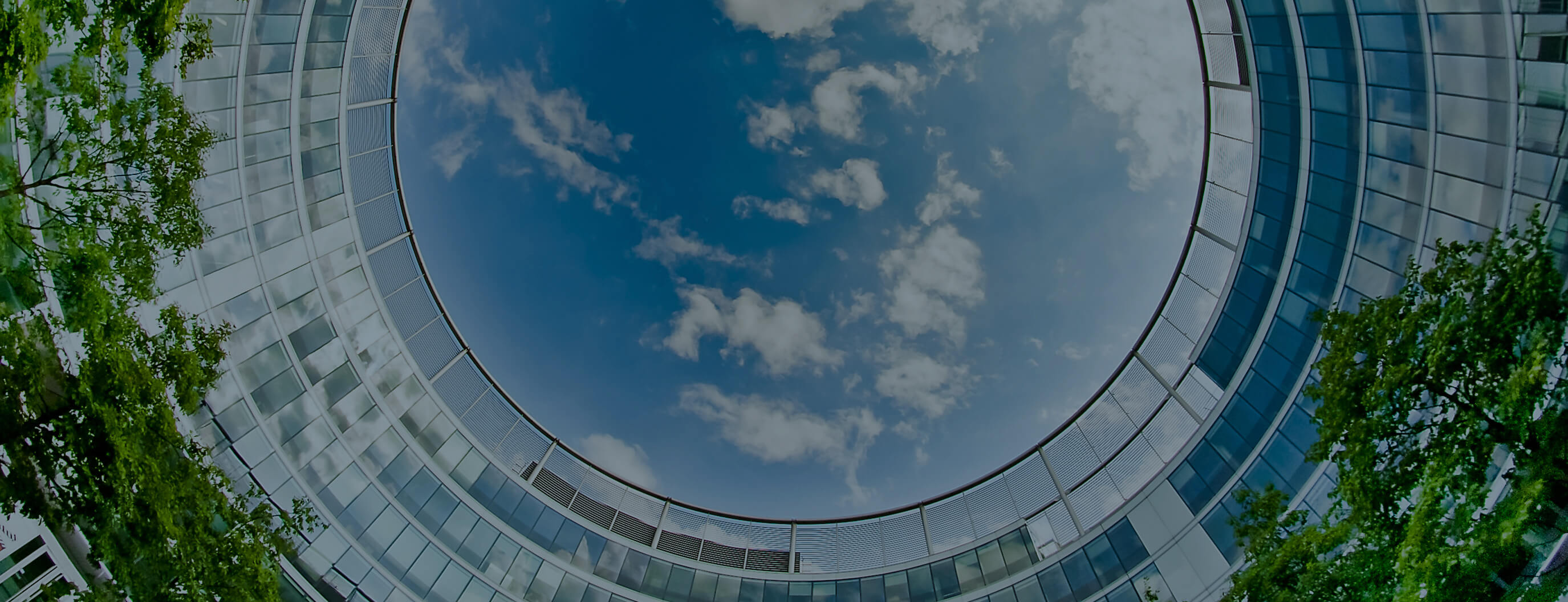
Of the 80,000 properties that are LEED certified in over 160 countries, nearly half are considered multi-family and affordable housing. Many developers gravitate towards certifying their properties with the LEED badge because it shows environmental leadership, a commitment to sustainability, and a reduction in monthly energy costs.
But that only scratches the surface of what many contractors ask us about LEED certification, and why it matters for their next project. Here are the most frequently asked questions the energy planning and compliance experts at We Green hear about LEED properties and multi-family properties.
What does LEED stand for?
LEED is an acronym for Leadership in Energy and Environmental Design. It was created by the U.S. Green Building Council back in the 2000, and has shown steady growth as the premier green building certification in the United States.
What are the benefits of a LEED certification?
Buildings that are LEED certified are designed and built to use between 30% and 60% less energy than other similar buildings. Some LEED certifications are also geared towards buildings that use environmentally friendly construction materials and properties that maintain a healthy standard for indoor air quality (IAQ). LEED-certified properties also show an increase in property value!
What’s the difference between ENERGY STAR and LEED?
ENERGY STAR certifications are used exclusively to measure energy efficiency. Different LEED certifications can be targeted toward a number of green initiatives and project types, including:
Building design and construction
Interior design and construction
Building operations and maintenance
Neighborhood development
Homes
Cities and communities
LEED Recertification
LEED Zero
Which LEED certification should I get?
For multi-family properties, applicable LEED certifications will be Building Design and Construction, Interior Design and Construction, Building Operations and Maintenance, and, depending on your energy goals, the LEED Zero certification. A previously certified multi-family property can also be LEED recertified.
Can my LEED certification be revoked?
According to the USGBC, LEED certification can be revoked “if not provided with energy and water use data on an ongoing basis after LEED certification is conferred, as required.” But revocation is rare.
How does LEED certification work?
In order to certify your project through LEED and the USGBC, you must register your project with the USGBC, submit your application, and wait for review. If your property meets the requirements, you will be LEED Certified.
This is the importance of partnering with We Green. With our LEED project management services, we will make sure each aspect of your project is ready for LEED certification, including:
Energy audits & HERS testing
Site assessments & project submittals
Recommendations for energy upgrades
IAQ testing & consulting
Technical support from start to finish
Is LEED Certification worth it?
As the state of California continues its leadership in environmentally friendly building practices and carbon reduction, LEED certification is becoming more valuable to contractors and residents alike. Certifying your next project will verify your energy costs are low, ensure your inhabitants are breathing healthy air, and increase the value of your property. Here at We Green, we think LEED certification is absolutely worth it, and we want to help get you there!

